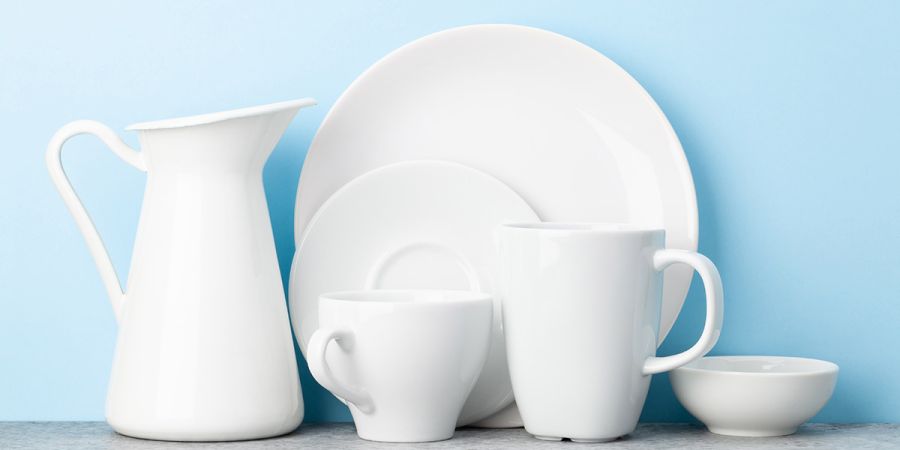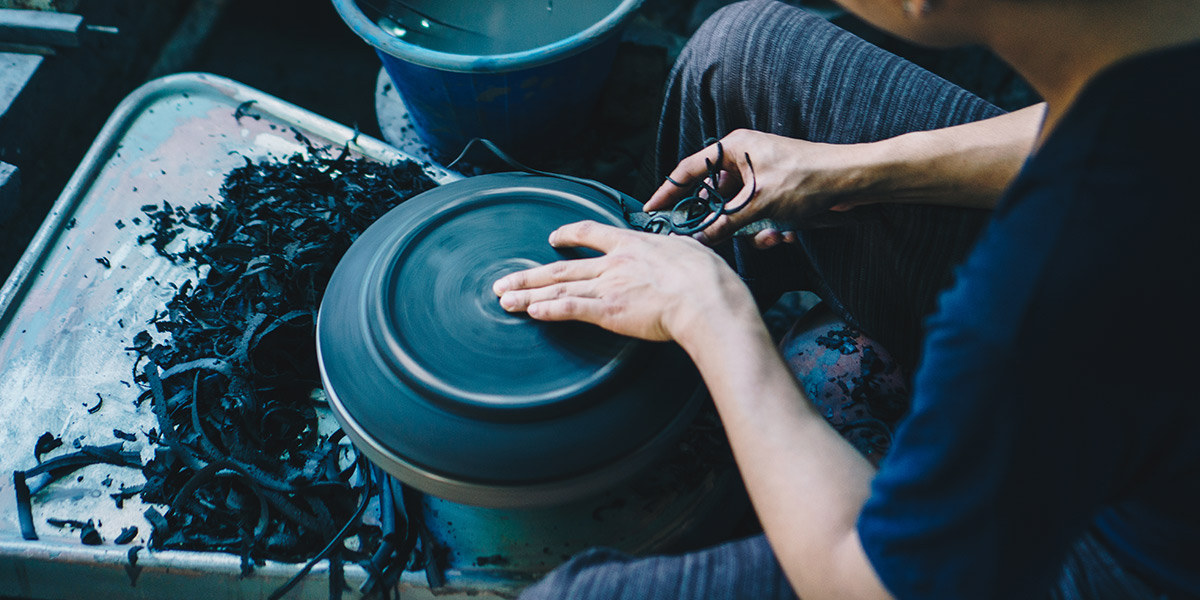
How ceramic tableware is produced?
1. Select Porcelain Clay

The process begins by selecting high-quality porcelain clay, essential for creating durable and attractive tableware. We choose kaolin clay, which is very white and soft, with good plasticity and refractoriness, making it the best choice for making ceramics. The clay is refined to achieve the right consistency and properties, ensuring it can be easily shaped and withstand high firing temperatures.
2. Design Molds

Designers create detailed 3D models of the tableware using CAD software, which are then used to produce precise molds. These molds define the final shape and details of the pieces.
3. Grout and Mold

The refined clay is mixed with water to form a slip, which is poured into the molds. The slip takes the shape of the mold as it hardens, forming the basic structure of the tableware.
4. Drying

The molded pieces are removed from the molds and carefully dried in a controlled environment. This step reduces moisture content to prepare the pieces for further processing, ensuring they don’t crack or warp.
5. Dressing and Polishing

Once dried, the pieces are trimmed and polished to remove imperfections and achieve a smooth finish. This step ensures the tableware is ready for glazing and firing.
6. Glazing

The pieces are coated with a glaze that provides the desired color, texture, and finish. The glaze is applied evenly to create a smooth, glassy surface once fired.
7. Fire

The glazed pieces are fired in a kiln at temperatures above 1200°C. This process hardens the clay and fuses the glaze to the surface, creating durable and beautiful tableware.
8. Check Quality

Finally, each piece undergoes a thorough quality inspection to ensure it meets high standards. We pick out the defective ones, and only those that pass the inspection are approved for packaging and sale.